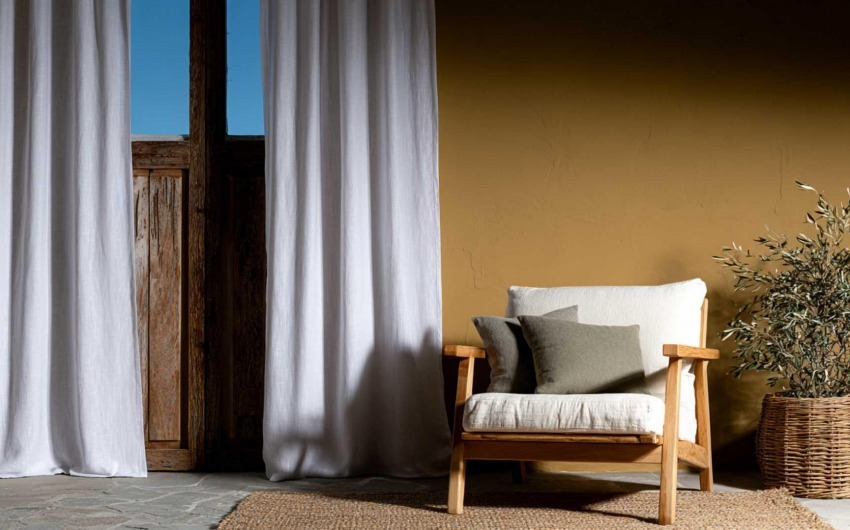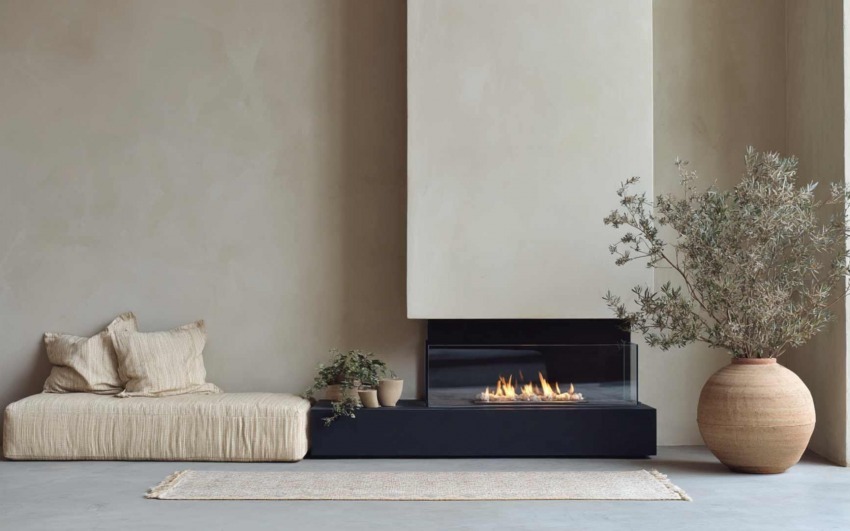2/14/2025
- Reuse: Extending the life of existing furniture.
- Recycling: Using reclaimed or recycled materials to create new furniture.
- Regeneration: Incorporating biodegradable materials that can safely return to nature.
Adopting a circular approach not only benefits the planet but also fosters creativity, allowing for unique, personalized spaces.
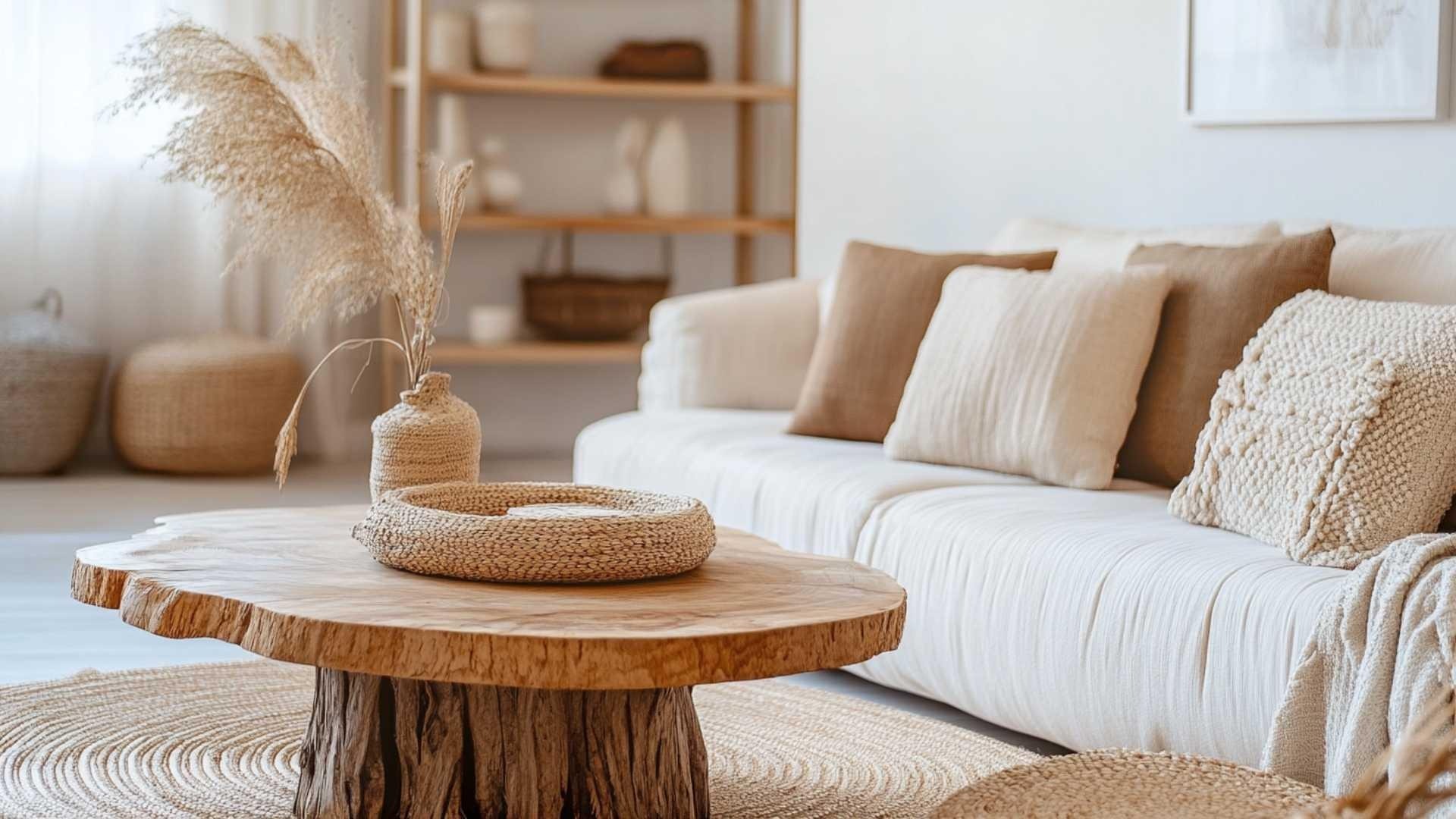
- Restoration: Repair and renew furniture with simple techniques, such as repainting or adding metal or wood accents.
- Creative Upcycling: Turn an old table into a modern desk or repurpose doors as headboards.
- Thrift Finds: Explore vintage shops or flea markets to discover unique pieces ready for personalization.
These methods not only save resources but also add character to your home, making it truly one of a kind.
_fc35a7427d_.jpg)
- Bamboo: Durable, renewable, and versatile, perfect for furniture and flooring.
- Cork: Ideal for wall coverings and decorative accents.
- FSC-Certified Wood: Ensures that the wood comes from sustainably managed forests.
- Recycled Plastic: Many companies now produce furniture made from ocean-recovered plastic.
- Natural Fabrics: Organic cotton, linen, and wool are eco-friendly choices for cushions, curtains, and upholstery.
Choosing biodegradable materials means investing in furniture that leaves no harmful trace on the environment.
_bf85b6410d_.jpg)
- Modular Furniture: Choose pieces that can be easily disassembled and repurposed.
- Repairability: Opt for furniture designed to be repaired rather than replaced.
- Flexibility: Select adaptable furniture, like sofa beds or extendable tables.
- Mindful Minimalism: Buy less but invest in high-quality pieces built to last.
These strategies not only reduce waste but also help you create a space that evolves with your needs.
_5eb82e8c1e_.jpg)
Circular furniture design is more than a trend—it’s a responsible and creative way to live. Incorporating sustainable practices and regenerative materials contributes to the planet’s health while adding unique style and personality to your home. With a little creativity and care, you can transform your home into a shining example of sustainable design that inspires those around you.
_14077b47db_23.jpg)
Interior Designer since 1985
CEO & Founder, Italian Design in the World
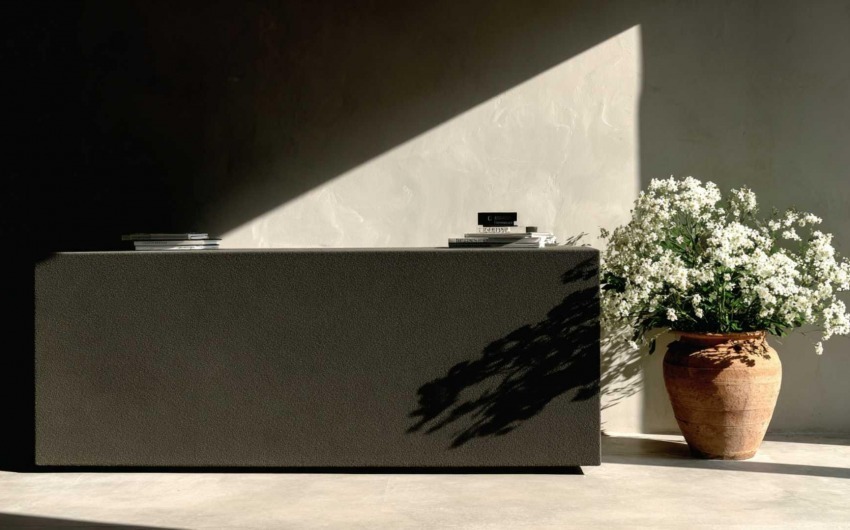
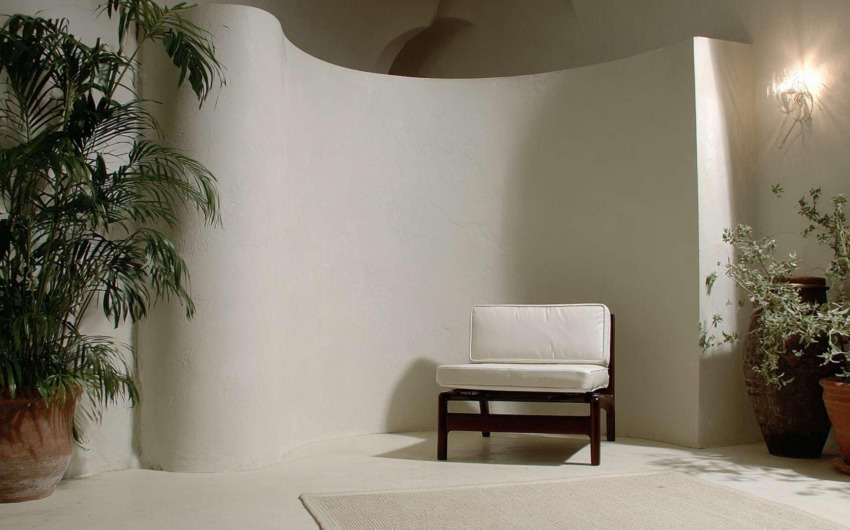
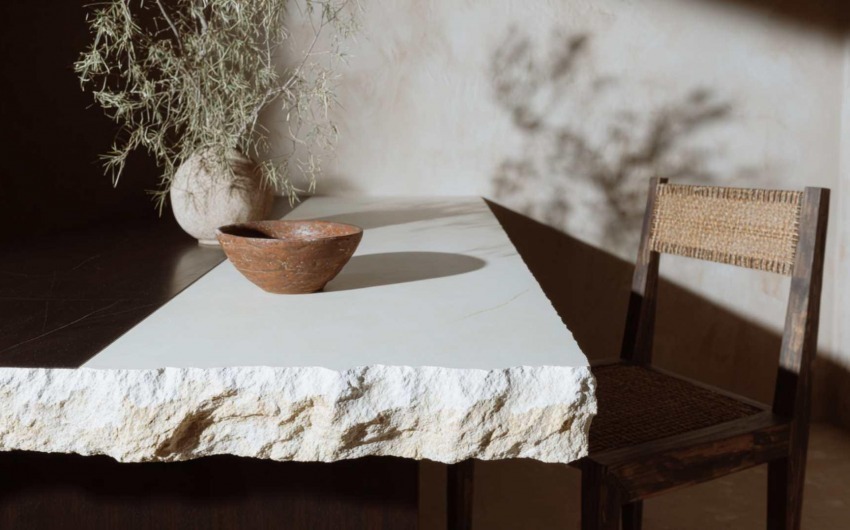
_0f565b1edb_633.jpg)
